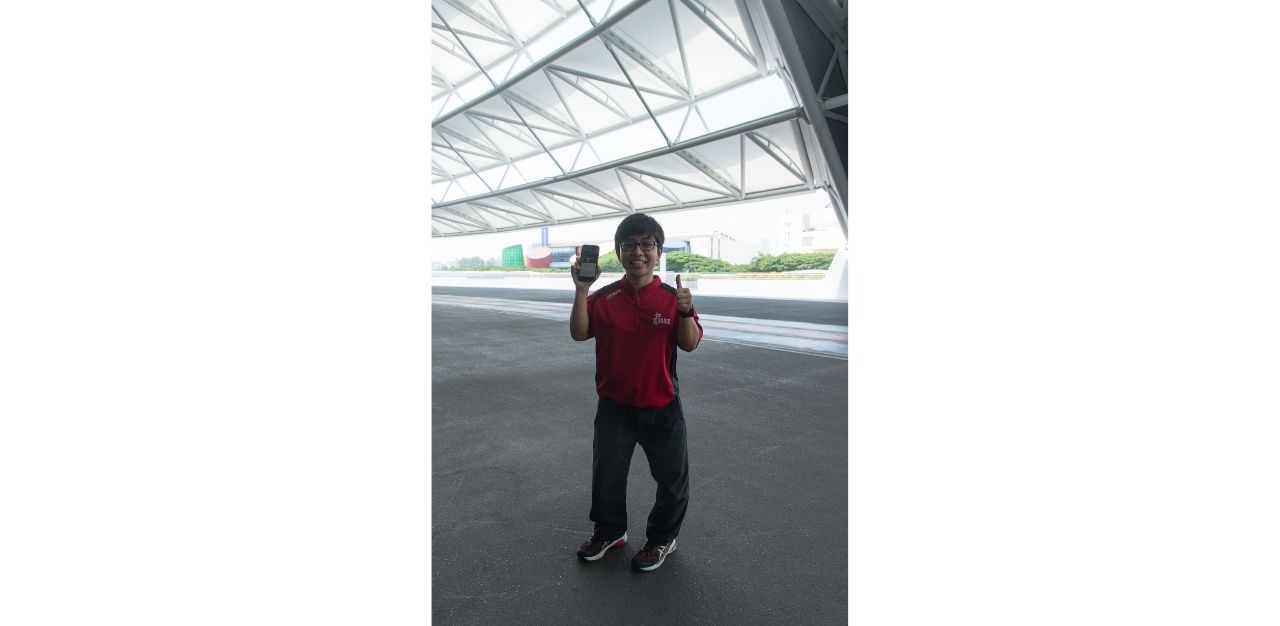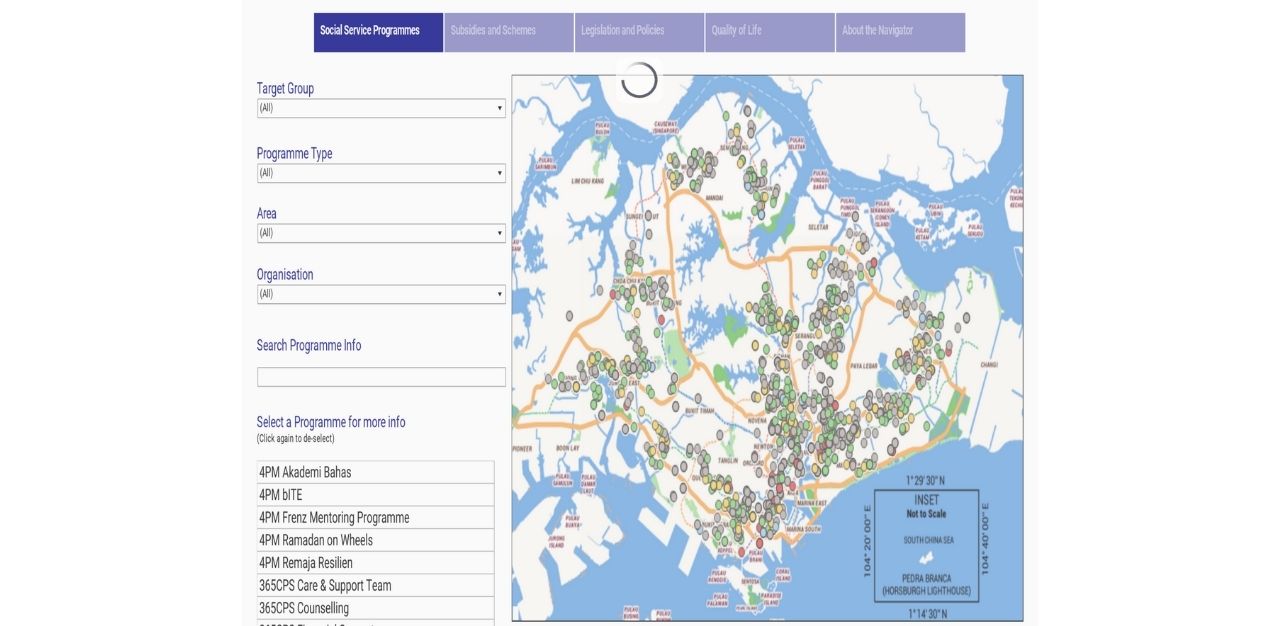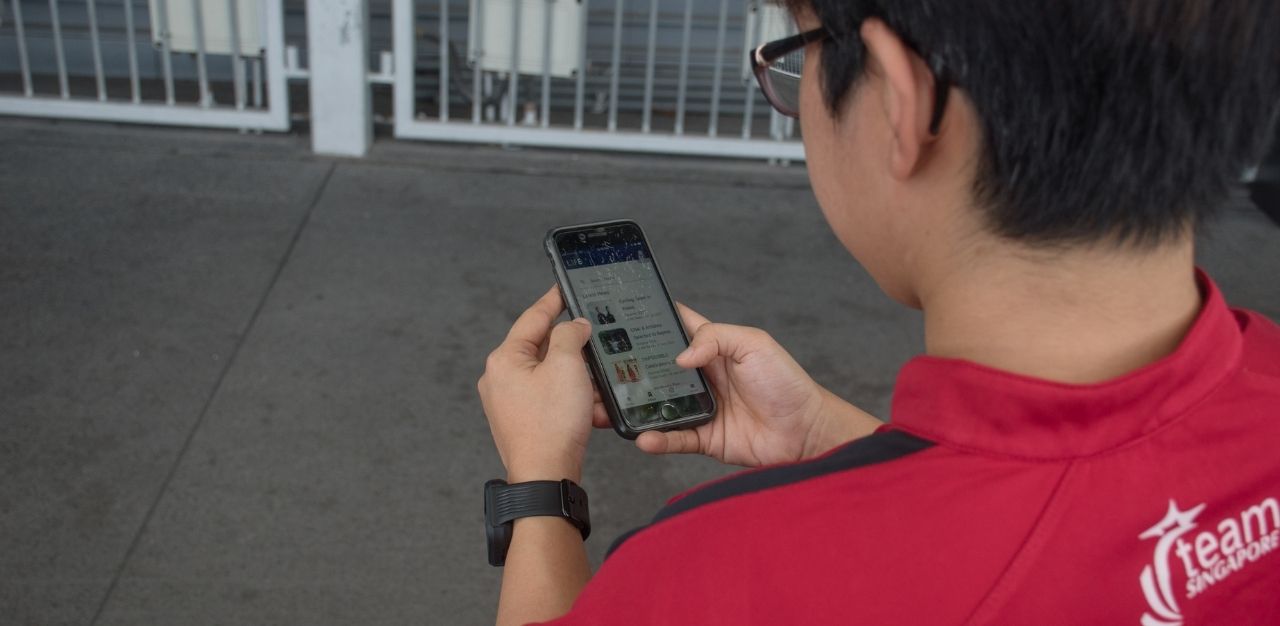The only female in Singapore’s national team of five para powerlifters, Nur Aini Mohamed Yasli, 29, signed up for a sharing session with other athletes through Singapore Disability Sports Council’s (SDSC) new lifestyle mobile application, SDSC LIFE. There, she listened to how other para athletes train and the challenges they face.
“As an athlete myself, it helps [knowing] that I’m not the only one feeling the struggle,” says Ms Aini, whose own training was given an extra burst of adrenaline after hearing about other athletes’ experiences.
SDSC LIFE was officially launched on 8 July to better serve the needs of persons with disabilities (PWDs). Standing for Lifelong Independence, Friendships and Empowerment (LIFE), the mobile application fills a gap in the service needs of PWDs, by making information on disability sports, inclusive fitness and wellness events more accessible.
In 2018, 51 per cent of PWDs living in Singapore participated in some form of sport, according to the Ministry of Culture, Community and Youth (MCCY). That numbers at about 300,000 people, based on the estimated number of PWDs, in the same year.
Given the national push to enable and encourage more PWDs to participate in some form of sport, whether personally or professionally, how has technology been leveraged to engage and support their needs? And how does digitalisation figure in social service agencies’ (SSAs) plans to shape better service provisions?
Digital technology is a key enabler
How does a mobile application enable sports participation? Ms Aini describes the interface of the app as being “very straightforward”. By amassing all pertinent information onto one platform, such as a short event description and suitable types of disability matching the event, the application saves her the trouble of scrolling and toggling through the SDSC Facebook page or website, for information she needs.
In other words, the mobile application acts as a one-stop portal for all the information PWDs might need, potentially lowering the barrier of entry for participating in sports.

Kelly Fan, SDSC Executive Director, shares that many parents of children with disabilities have requested ways to encourage their children to be more active. She says that even if the intention is just to “make friends”, the SDSC LIFE app aims to make it easier for them to search for opportunities “to get out and about”, and “to network” with other people “to gain independence.”
Ms Fan adds that “sometimes, seeing is believing. Realising that there is something out there for you… you coming to take a look that this can be done” entices persons with disabilities to try their hand at sports.
Mother of a child with Down syndrome, Susan Yap, 57, served as a beta-tester for the application. Ms Yap echoes the same sentiment in her evaluation of the application: “Every child with disability is capable of doing sports, if they are given opportunities.”
With a few tweaks, the mobile application could also raise awareness among interested members of the public about para sports in Singapore.
Ms Aini suggests that if para-athletes’ training grounds, currently only available to athletes on the application, are opened to other registered users, the “public can come and see our parasport not just during events, but also during training.”

Digital advances for a person-oriented social service sector
SDSC LIFE is one step towards digital solutions in the social service sector. Besides mobile technology, IT comes in other forms too. How is the social service sector at large leveraging IT to better deliver services?
The National Council of Social Service (NCSS) tells TheHomeGround Asia that their initiative, the Social Service Navigator will be refreshed, next year. A one-stop portal for schemes and services offered by the Government and social service agencies (SSAs), the navigator enables NCSS to gauge service demands in the long term.

By sharing data on service demands with SSAs, this allows the “targeting of services to meet needs, enhancement of resource allocation,” and “generation of insights to improve program development” in an environment of evolving needs.
NCSS explains that such a digital platform fosters an ecosystem where different SSAs come together, and collaborate to improve different facets of the quality of life of service users.
But, digitalisation of the social service sector cannot be done without bridging the digital chasm between service provider and user.
While digital technology augments service capacity and outreach, “service users who need the most support often lack the technology, connectivity and digital literacy to access digital social services,” as stated in the Industry Digital Plan for Social Service (IDPSS) sector 2021–2024 by NCSS.
Ultimately, the aim of bringing different SSAs together into an ecosystem, is to drive at achieving change at the systemic level for different service users, as written in the IDPSS.
Through collaborations, therein lies better social service for children and youth, families, seniors, caregivers, PWDs and persons with mental health conditions.
Join the conversations on TheHomeGround Asia’s Facebook and Instagram, and get the latest updates via Telegram.




























